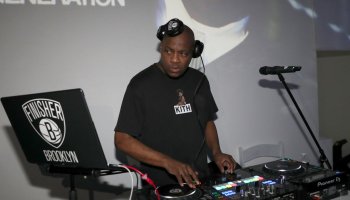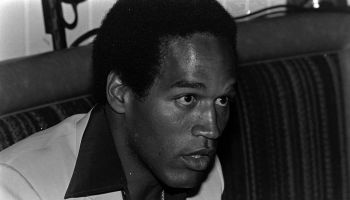Billie Holiday is one of the most influential singers of her era, a powerful jazz vocalist whose voice carried the emotions and burdens of her rough upbringing and ongoing struggles. Despite her hardships, Holiday achieved memorable heights in her career. Today marks 100 years since the birth of “Lady Day,” and her journey and memory is worth celebrating.
Holiday was born Eleanora Fagan in Philadelphia, Pennsylvania. Her mother, Sadie, had her when she was just a teenager. Holiday was raised primarily in Baltimore and barely knew her father, jazz musician Clarence Holiday. Although her mother married and there were moments of stability, much of Holiday’s young life was turbulent and she moved around from home to home.
During these struggles, Holiday turned to music and sung along with records from Bessie Smith and Louis Armstrong. Holiday’s mother moved to New York in the late ’20’s and worked in a brothel. In 1930, Eleanora took on her now-iconic stage name “Billie” after film actress Billie Dove and took her father’s last name. She was discovered by John Hammond at age 18 at a Harlem jazz club and began working with the legendary Benny Goodman.
In 1935, Holiday appeared alongside Duke Ellington in the film, Symphony In Black. Around this period is when Holiday met Lester Young, a saxophonist in the Count Basie Orchestra. It was Young who gave her the famous ‘Lady Day’ nickname. Holiday toured extensively with the orchestra and became a household name.
Her talent led her to sing with Artie Shaw and his orchestra, making her one of the first Black singers to be backed by a white band. But he racism and segregation of the time made it difficult for Holiday to find footing she eventually left the group.
As a soloist, Holiday became even more well-known. In 1939, she debuted two of what would be come her signature songs. The first was “God Bless The Child,” and the second was the anti-lynching anthem, “Strange Fruit.” Despite the controversial nature of the latter song, it became a hit. Holiday’s lovelorn themes and her melancholy voice made her songs memorable.
What many didn’t know was that Holiday’s work often reflected her own troubled and destructive romances. In 1941, Holiday married James Monroe and picked up a drug habit from him coupled with her excessive drinking. The pair would go on to divorce. In 1945, in the throes of drug addiction, she lost her mother. The loss drove Holiday into a deeper depression but she remained a big star.
In 1947, a drug arrest and conviction upended her career as it prohibited her from playing in cabarets and clubs. But she could still perform in concert halls, often to sold-out audiences. With her career and voice on the decline, Holiday released the autobiography, Lady Sings The Blues in 1956 although many experts say the book had serious historical flaws.
Holiday’s hard living finally took its toll on July 17, 1959 when she died from complications due to drinking and drugs. She was just 44. The film version of Lady Sings The Blues debuted in 1972 with Diana Ross in the lead role.
Like BlackAmericaWeb.com on Facebook. Follow us on Twitter.
Little Known Black History Fact: Billie Holiday was originally published on blackamericaweb.com

















